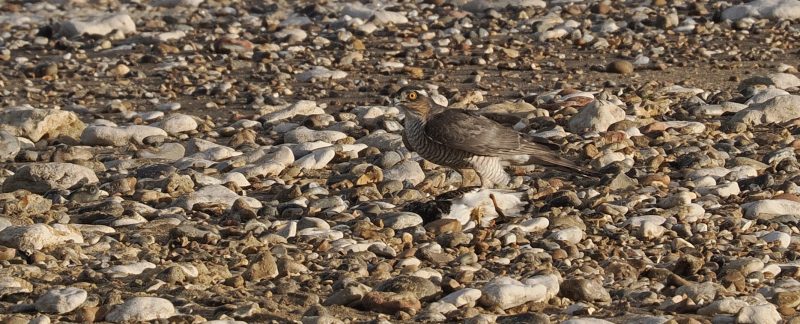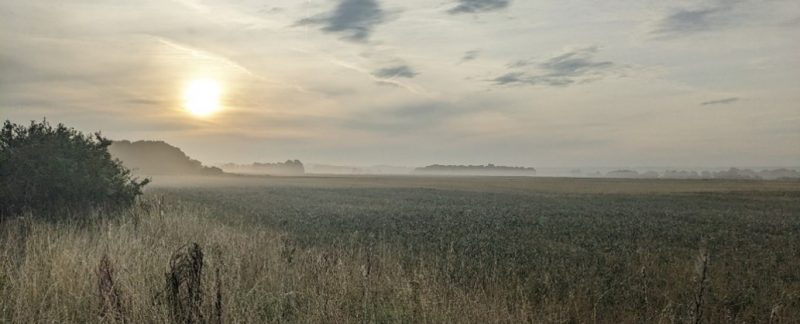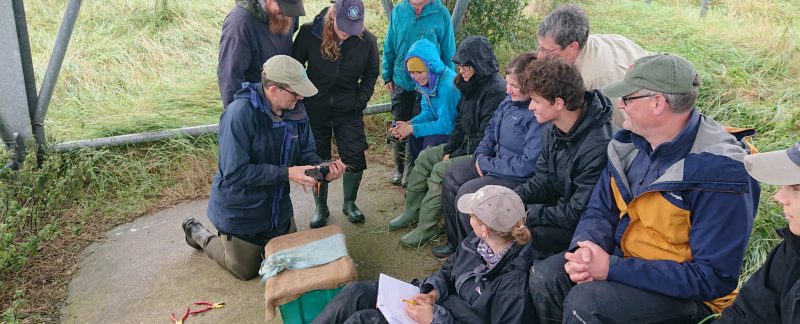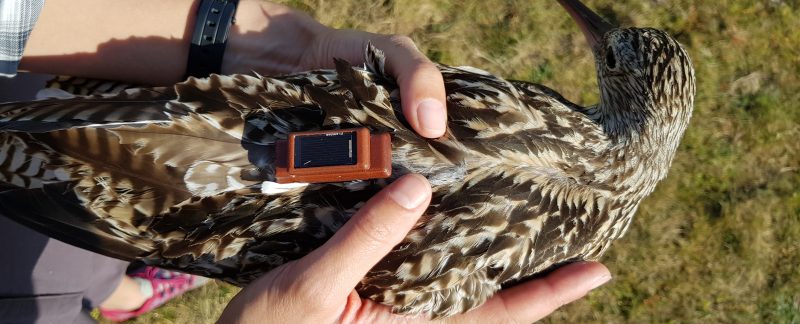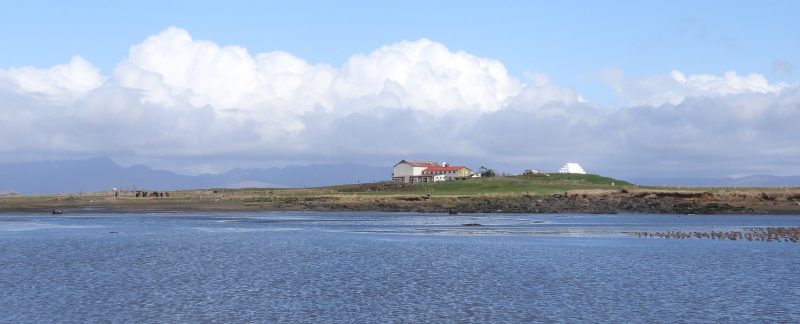Friday 13 / Saturday 14 October
A small team gathered on Friday evening. As there was no setting, we enjoyed a social, relaxed evening after Cathy’s delicious and sizable baked potatoes and fruit salad. Saturday morning were recces and resighting across all east shore beaches (Snettisham, both Heachams, and Hunstanton), but no fields. There was a strong onshore wind, but clear conditions, and we found out afterwards the tide made by 0.5 m. For all resighters, the strong wind hampered steady resighting. Various parties left to look at all of the beaches, arriving between 06:30 and 07:00 depending on the beach.
Continue Reading →
